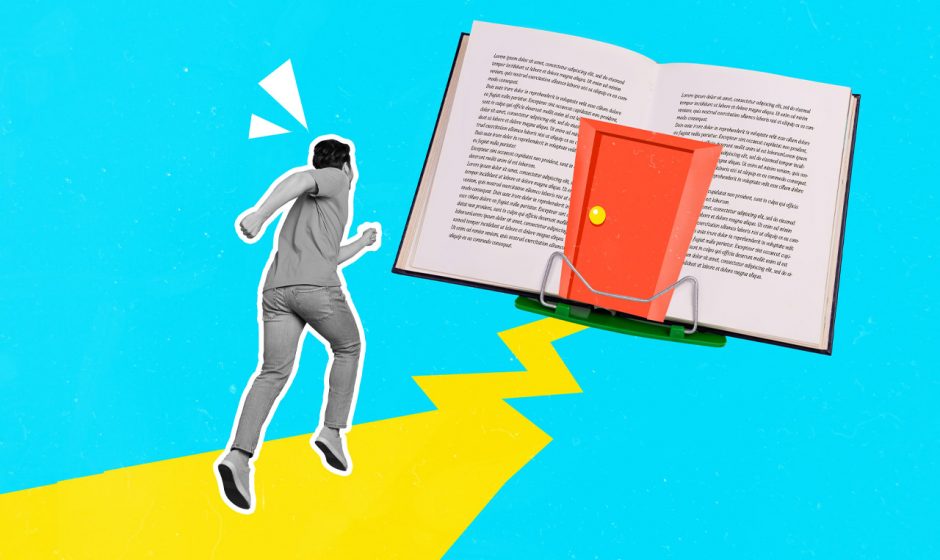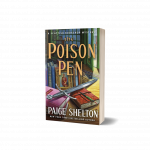In recent years, fast reading courses have taken the literary world by storm. With the increasing demands of modern life, many readers are seeking ways to consume more books in less time. Fast reading courses have emerged as a solution, promising to revolutionize the way we read. But do they really work, and is it worth abandoning traditional reading habits for the sake of speed?
Fast reading courses have become incredibly popular, with many readers flocking to online courses and workshops to learn the techniques. So, what’s behind the surge in popularity? According to experts, the key lies in the ability to absorb information quickly and efficiently. Fast reading courses teach readers how to scan, skim, and chunk information, allowing them to consume more books in less time. This is particularly appealing to busy professionals, students, and entrepreneurs who need to stay ahead of the curve.
But does fast reading work for novels? While some argue that it’s essential to savor the language and storytelling, others claim that fast reading can be a valuable tool for devouring complex texts. Take, for example, the works of Gabriel Garcia Marquez. His magical realism requires a slow and deliberate pace to fully appreciate the intricate details and symbolism. However, for more straightforward narratives, fast reading can be a game-changer. For instance, in John Grisham’s legal thrillers, fast reading can help readers quickly grasp the plot twists and turns.
Techniques for Fast Reading
So, how do you fast read? Here are some key techniques to get you started:
- Skimming: Quickly scan the text to identify key phrases and sentences.
- Scanning: Focus on specific sections or paragraphs to gather information.
- Chunking: Break down complex texts into smaller, manageable chunks.
- Active reading: Engage with the material by asking questions and making connections.
So, should you try fast reading? It ultimately depends on your reading goals and preferences. If you’re looking to consume a large amount of information quickly, fast reading might be a useful technique. However, if you’re looking to engage with complex texts and appreciate the nuances of language and storytelling, traditional reading habits might be the way to go.
Examples from Books
- In “The Nightingale” by Kristin Hannah, fast reading can help readers quickly grasp the historical context and character developments.
- In “The Seven Husbands of Evelyn Hugo” by Taylor Jenkins Reid, fast reading can help readers quickly absorb the complex web of relationships and plot twists.
Fast reading courses have taken the literary world by storm, offering a solution for busy readers seeking to consume more books in less time. While some argue that it’s essential to savor the language and storytelling, others claim that fast reading can be a valuable tool for devouring complex texts. Whether you’re a busy professional, student, or entrepreneur, fast reading courses can be a valuable addition to your reading arsenal. So, give it a try and see what works best for you!



